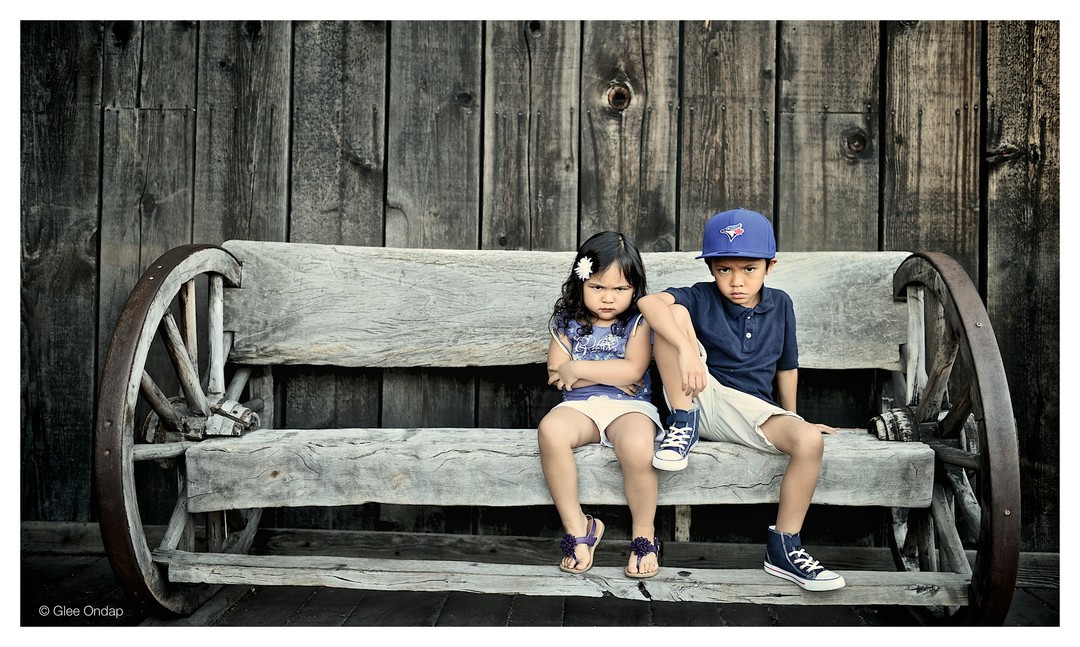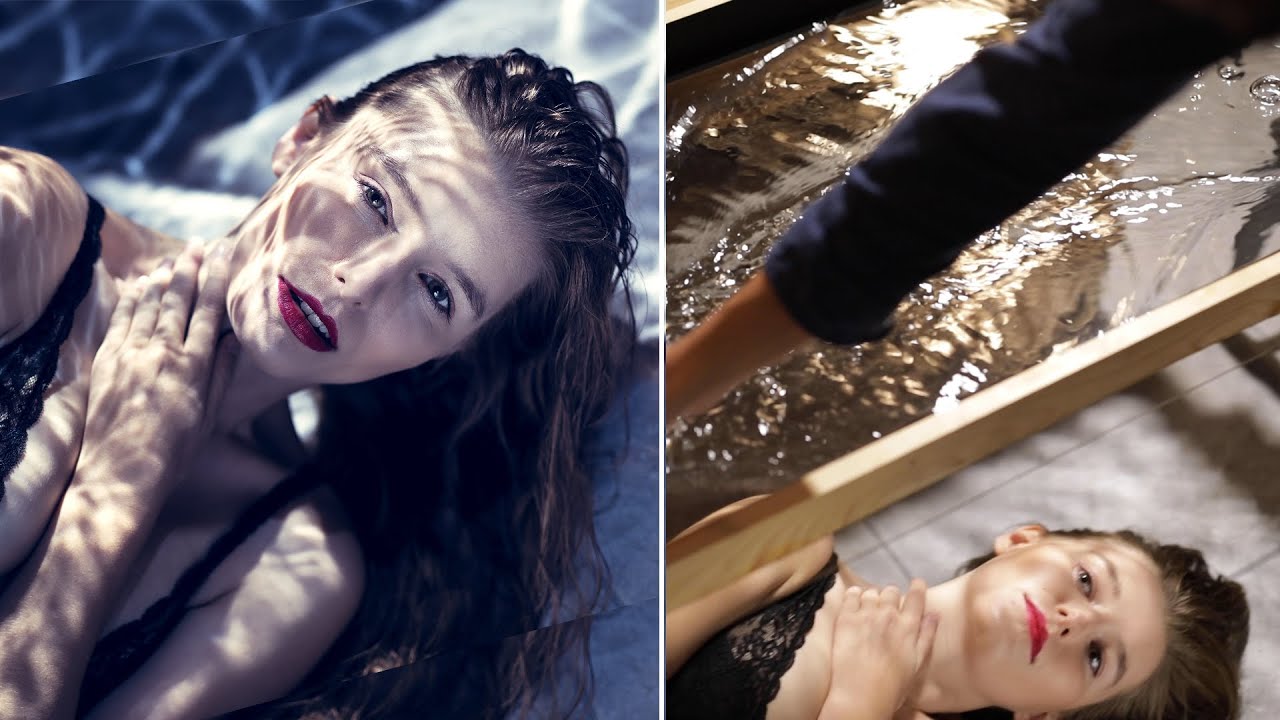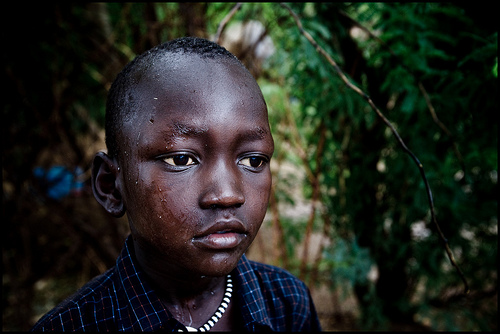9 TIPS ON ARCHITECTURAL PHOTO
 Photography of classical or modern architecture is a serious challenge. However, the forces spent on shooting buildings and urban historical sights are worth what the photographer most often gets. Here are some tips that will help you not to be afraid to shoot architecture – in your native village or tourist center.
Photography of classical or modern architecture is a serious challenge. However, the forces spent on shooting buildings and urban historical sights are worth what the photographer most often gets. Here are some tips that will help you not to be afraid to shoot architecture – in your native village or tourist center.
Be attentive to the direction of light, as with its help you can increase the contrast, shadows, textures and reflections. A high level of contrast can cause cameras to incorrectly transmit the picture. However, this can be easily overcome using exposure compensation.
Another trick is to put pictures in one row with different exposure values (one shot for backlighting, one for halftones and one for shadows), and then combine them into a special HDR program (for example, Photomatix).
A fisheye or wide-angle lens is ideal for this genre of photography, because it allows you to cover the entire building, along with its surroundings. However, sometimes removing the whole picture is still difficult, and in this case, panoramic shooting can help.
The photo of the building is not limited only to the facade. It can be difficult to properly adjust the white balance in the interior, especially if it depends on various forms of artificial lighting. Shooting the interior in older buildings is usually more tedious, because traditionally there are small windows and doors, and, therefore, not enough natural light.
Try using a tripod and a long exposure, and remember that you can always wind a neutral filter to get rid of the glare during daytime photography. Alternatively, you can connect additional lighting, such as a remote flash, but be careful, as this may deprive the place of its atmosphere and special details.
When the sun goes down, completely new forms of architectural photography are born. In order to remove the structure in the form of a silhouette during sunset, place it between yourself and the sun. Make sure the flash is deactivated and the exposure is set across the sky. If the foreground is too light, set a negative value for exposure compensation to darken it. This effect can give photos a special mystery.
Night shots can be very dramatic and atmospheric, but do not forget that you need to shoot them when there is still some light in the sky, as it adds tone to the background and helps to somehow illuminate the details. As before, find a good position, set the camera on a tripod and wait for the dazzling reflection of city lights in the windows, street lamps and signs – all this in a rainbow of neon colors will create real magic. Use a wide open aperture and long exposure, and if your camera allows it, you can use a low ISO to ensure parts will not get spoiled by noise.
Unlike other types of photography, breathtaking architectural images can be created in any weather. On a clear day, the church may pleasantly impress the viewer, but it may look a little dull. But if you visit her again, when a storm will hang over your head, or fog rising from damp earth, the result can exceed all expectations. By shooting the same building in different weather conditions, a photographer can create an excellent portfolio. You can also select the three best shots to make an interesting triptych.
Reflections make a special emphasis in architectural photography and allow the photographer to create a picture on which a building can be playfully distorted. Cityscapes are littered with a variety of reflective surfaces, so you never have to go too far when you practice, for example: windows, water bodies, puddles and wet streets, sunglasses for people, rivers, or even modern art.
Exploring the history of architecture you will be surprised that even a little information can be a powerful source of inspiration. Ask the guide to show small but interesting views that may not go unnoticed by the general public. Use a telephoto lens to zoom in and don’t forget your tripod to support longer shutter speeds.
The average building is much taller than the tallest photographer, and therefore the photograph of architecture will inevitably be slightly distorted. But it can also be used as a voltage source inside the frame. Just get as close as possible to the base of the building and point the lens straight up. If the game with perspective is not for you, then just step back and add a sense of scale to your image, including everyday objects, such as people, trees, vehicles, some benches, and so on. To save details in the whole picture.




